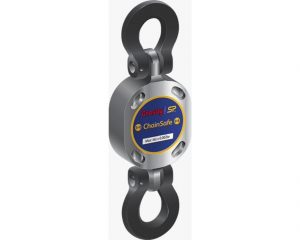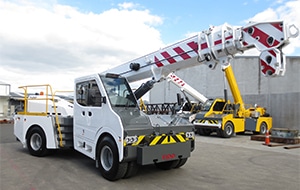Why Counterweights Are The Most Important Feature Of A Crawler Crane

A crawler crane is a type of heavy-duty crane that is typically used in construction and industrial applications. They are designed to move heavy loads across rough terrain and are often used to move large pieces of equipment or machinery.
Counterweights are one of the most important features of a crawler crane, as they help to stabilize the crane and keep it from tipping over. Without counterweights, a crawler crane would be much less stable and would be more likely to tip over, which could cause serious damage or injury.
The Concept Of A Counterweight And Its Purpose In A Crawler Crane
A counterweight is a mass, typically of iron, steel or concrete, that is used to balance a load. In a crawler crane, the counterweight is used to offset the weight of the load being lifted, so that the crane does not tip over. The counterweight also helps the crane to move the load smoothly and evenly.
The Physics Behind How A Counterweight Works To Stabilize And Lift Heavy Loads
A counterweight is a weight that is used to stabilize and lift heavy loads. The physics behind how a counterweight works is based on the principle of leverage. Leverage is the force that is exerted by weight on an object.
The amount of leverage that a weight exerts on an object is determined by the distance between the weight and the object. The further the distance between the weight and the object, the greater the leverage.
The principle of leverage can be used to explain how a counterweight works to stabilize and lift heavy loads. When a weight is placed on an object, the object will rotate about the point where the weight is placed.
The amount of rotation will depend on the amount of leverage that the weight exerts on the object. If the weight is placed closer to the object, the object will rotate more. If the weight is placed further from the object, the object will rotate less.
The counterweight works by exerting a force on the object that is opposite to the force of gravity. The counterweight is placed on the object at a point that is further from the centre of gravity than the weight that is being lifted. This causes the object to rotate about the point where the counterweight is placed. The rotation of the object causes the weight to be lifted.
The physics behind how a counterweight works is based on the principle of leverage. The counterweight works by exerting a force on the object that is opposite to the force of gravity.
The counterweight is placed on the object at a point that is further from the centre of gravity than the weight that is being lifted. This causes the object to rotate about the point where the counterweight is placed. The rotation of the object causes the weight to be lifted.
How Counterweights Are Designed And Manufactured
The weight of a counterweight is typically calculated by engineers using calculus and is often determined by the load that needs to be lifted. The weight of the counterweight is also affected by the pulley system’s mechanical advantage. A counterweight is typically made out of cast iron, steel, or concrete.
To manufacture a counterweight, the desired weight and dimensions must first be calculated. The counterweight is then cast in a mould of the desired shape. Once the counterweight has cooled and hardened, it is removed from the mould and any rough edges are smoothed out. The counterweight is then ready to be used in a pulley or crane.
Conclusion
While there are many features that are important to the function of a crawler crane, counterweights are by far the most important. Without counterweights, the crane would be unable to lift the heavy loads it is designed to lift. The counterweights provide the necessary force to balance the load and allow the crane to operate safely and efficiently.







